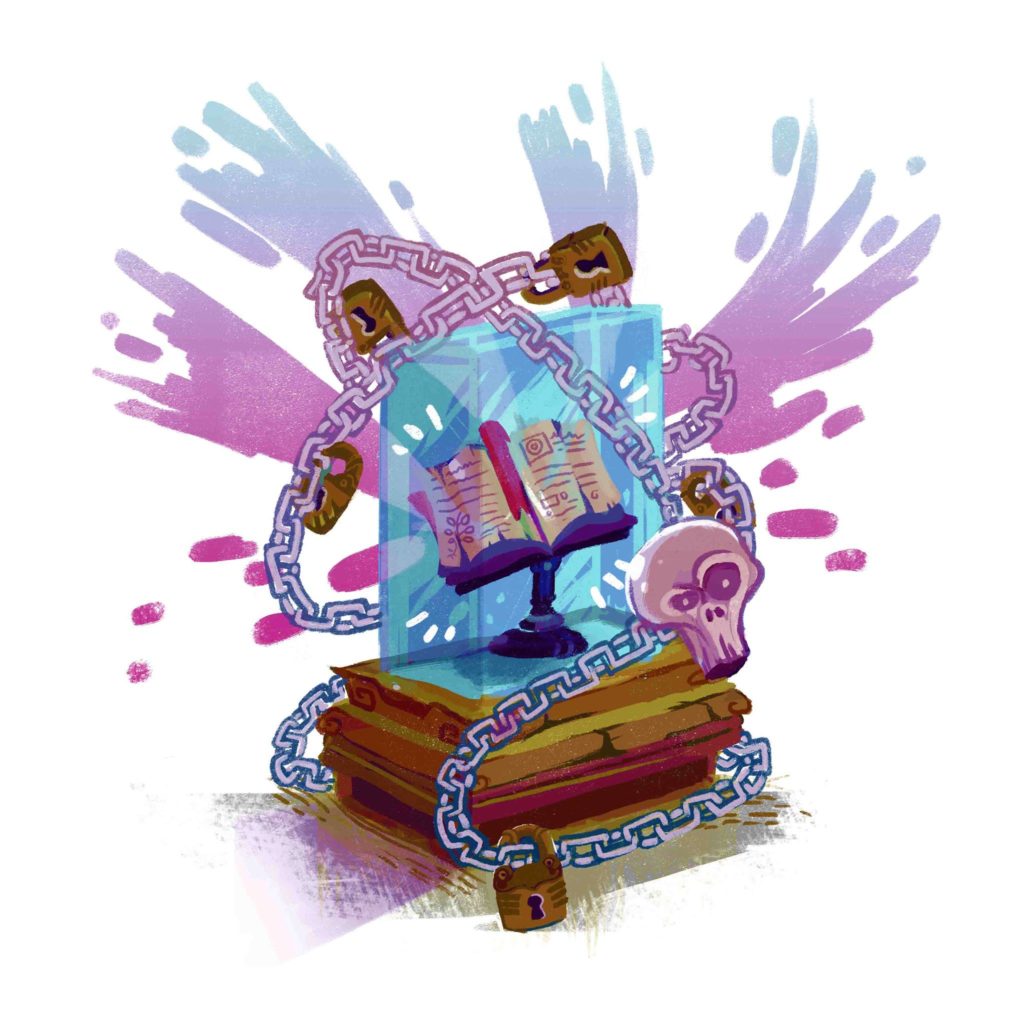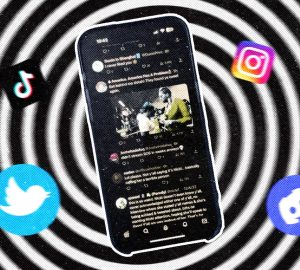
When you think back to middle school and high school, things like sticky, pink lip gloss come to mind, the kind of lip gloss that has sparkles that scrape your skin and stick to the corners of your mouth. Maybe you think back and you wonder about that argument with your best friend at the time. You’re not sure where he is now, or what he’s doing with his life. One thing most people don’t pause to reflect on is their middle school or high school English class.
You might remember Mark Twain, or maybe his name was Huck Finn — no, that was the character. Or Great Expectations, the book by that guy about that boy Pip. You have vague memories of the violence of Lord of the Flies. You begin to pull these yellowing paperbacks from your bookshelf. Mark Twain, Charles Dickens, William Golding, even William Shakespeare and Joseph Conrad scatter your floor, each one with a proud stamp on the cover labeling them a “classic.” You agree with this stamp of approval because, well, they are classics, and these men were some of the greatest writers in the world.
Yet there seems to be a lack of sticky pink lip gloss in the mix. Rather, a lack of estrogen. In fact, there is an overall lack of diversity at all in your small heap of high school “classics.” Gender. Sexuality. Race. All seemingly irrelevant and absent from the list of writers scattered on the floor. You think back to the content of these classics and you wonder where the books were that discussed the real issues. The ones that taught you about politics, or discrimination, or relationships or anything about the current reality.
Your high school paperback heap is absent of this. Why? Books were banned because challenges to the content called for censorship. The American Library Association (ALA) has taken notice of this absence in not only your paperback pile, but in libraries and schools across America. Thus, the ALA founded Banned Books Week in 1982. Their research shows that over 113,000 books have been challenged since 1982. So, who challenges them?
Anyone can challenge a book that is in a school or a library: students, parents, teachers, faculty, concerned citizens, etc. Books are normally banned in order to stop adolescents from reading books that contain “difficult ideas or information.” These books are classics that the ALA refers to as, “Banned Books that Shaped America”
“The Adventures of Huckleberry Finn” by Mark Twain, “The Autobiography of Malcolm X” by Malcolm X and Alex Haley, “Howl” by Allen Ginsberg, “Our Bodies Ourselves” by Boston Women’s Health Book Collective, “Uncle Tom’s Cabin” by Harriet Beecher Stowe and many more populate the list.
A few books that may hit more closely to home in the current sociopolitical climate are the top books challenged in 2017: “Looking for Alaska” by John Green, “Two Boys Kissing” by David Levithan, “Push” by Sapphire, “Fun Home” by Alison Bechdel and many more. While it is understandable why a parent or teacher may wish to protect a student from violence, language and explicit content, it does not justify banning a book that has valuable information and a unique perspective.
As a society we often underestimate the intelligence and strength of adolescents. They know much more than we think they do and they can handle much more than we think they can. These books deal with the difficult things in life, the raw aspects of living. This year, Banned Books Week runs from Sept. 24 to 30 and I urge you to visit the official site and check the list of frequently banned or challenged books. If you find that you missed out on one in high school, it’s never too late to read these PG-13 classics.





















